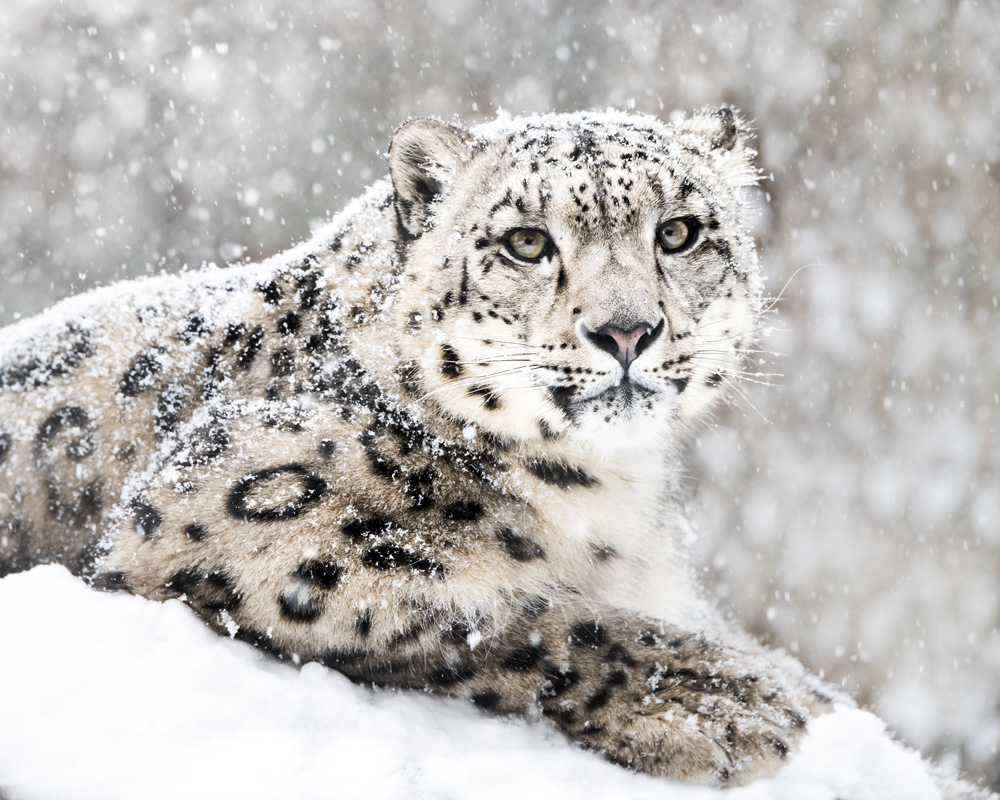Nestled amidst the towering peaks of the Himalayas, Tibet is a land of untamed wilderness and breathtaking beauty, home to a diverse array of wildlife species that have adapted to its rugged terrain and extreme climate. From the majestic snow leopard to the elusive Tibetan antelope, the region’s diverse ecosystems harbor a wealth of flora and fauna that captivate the imagination of adventurers and nature lovers alike. In this blog post, we’ll take a closer look at the wildlife of Tibet and explore the unique habitats and conservation efforts that help protect these precious species.

1. The Snow Leopard: Guardian of the High Mountains
One of the most iconic and elusive residents of the Tibetan plateau is the snow leopard, a majestic big cat known for its solitary nature and elusive behavior. Adapted to the harsh conditions of high-altitude mountain ranges, snow leopards roam the rocky slopes and remote valleys of Tibet in search of prey, blending seamlessly into their surroundings with their thick fur and spotted coats. Despite their elusive nature, efforts to protect snow leopards and their habitat are underway, with local communities, conservation organizations, and government agencies working together to mitigate human-wildlife conflict and promote coexistence between humans and leopards.
2. Tibetan Antelope: Symbol of the Plateau
Another iconic species found in Tibet is the Tibetan antelope, also known as the chiru, which inhabits the vast grasslands and alpine meadows of the Tibetan plateau. Renowned for its graceful beauty and remarkable adaptation to high-altitude environments, the Tibetan antelope is a symbol of the plateau’s ecological richness and cultural significance. Unfortunately, the species faces threats from habitat loss, poaching, and illegal wildlife trade, leading to declines in population numbers in recent decades. Conservation efforts, including habitat protection and anti-poaching initiatives, are crucial for ensuring the survival of the Tibetan antelope and preserving the unique biodiversity of the region.

3. Himalayan Blue Sheep: Masters of the Steep Slopes
In the rugged mountains of Tibet, Himalayan blue sheep, also known as bharal, are a common sight, navigating the steep slopes and rocky cliffs with agility and grace. With their thick fur and powerful legs, these mountain-dwelling ungulates are well adapted to the harsh conditions of their alpine habitat, where they graze on grasses, shrubs, and lichens. Himalayan blue sheep play a vital role in the ecosystem as prey for predators such as snow leopards and wolves, helping to maintain the delicate balance of the food chain in the high mountains of Tibet.
4. Black-necked Crane: Symbol of Peace and Prosperity
In the wetlands and marshes of eastern Tibet, the black-necked crane, known locally as the thrung thrung karmo, is a symbol of peace, prosperity, and ecological harmony. These graceful birds migrate to Tibet from their breeding grounds in Central Asia each year, where they gather in large flocks to feed, mate, and raise their young. Revered by Tibetans as messengers of the gods, black-necked cranes are considered sacred and are celebrated in traditional festivals and rituals throughout the region. Conservation efforts, including the protection of wetland habitats and community-based conservation initiatives, are essential for ensuring the survival of these magnificent birds and preserving their cultural and ecological significance.

Conclusion
As we journey through the wild landscapes of Tibet, we are reminded of the fragile beauty and ecological richness of this remote and enchanting region. From the snow-capped peaks to the rolling grasslands, Tibet’s diverse ecosystems harbor a wealth of wildlife species that are both emblematic of the region’s natural heritage and vital to its ecological balance. By supporting conservation efforts, promoting sustainable tourism practices, and fostering greater awareness and appreciation for the wonders of Tibet’s wildlife, we can ensure that future generations have the opportunity to experience the untamed beauty and spiritual richness of the Roof of the World.

[…] • Wildlife and Flora: The region around Namtso Lake is home to diverse wildlife, including wild yaks, Tibetan antelope, and various bird species. The grasslands bloom with vibrant […]